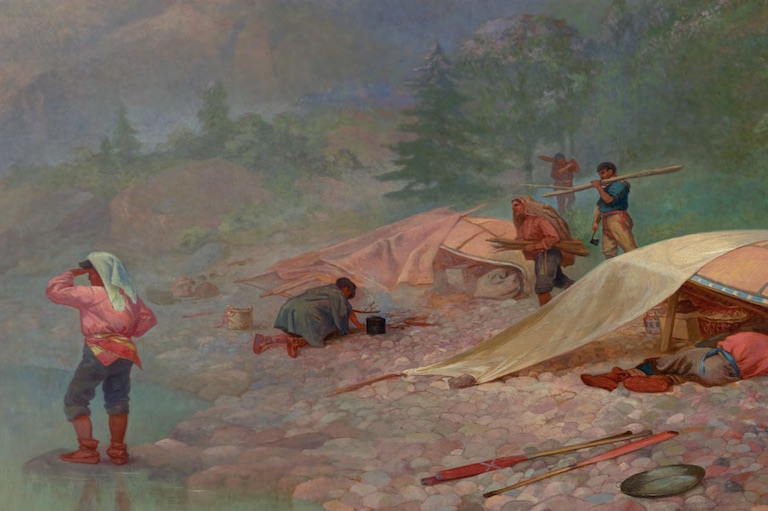Tobacco Carrot

More than sixty-five tonnes of tobacco moved through York Factory between 1720 and 1774. Much of it was packaged in a form known as a carrot, because it resembled the shape and size of the vegetable.
A tobacco carrot consisted of tightly bundled leaves rolled up in linen and bound with cord. It weighed from one to three pounds. Tobacco was also packaged in the form of long ropes of compressed leaves or twisted into a teardrop shape.
Tobacco had many purposes. It was given as a gift to Indigenous traders as a sign of goodwill and as an incentive to exchange goods. Tobacco also served a major role in formal trading ceremonies celebrated at the major posts. Since tobacco was considered a sacred plant, Indigenous traders used it during pipe ceremonies to honour the renewal of old trading partnerships with Europeans or to celebrate the creation of newly negotiated alliances.
Although Indigenous people had grown tobacco in parts of Canada for hundreds of years, the tobacco used in the fur trade was acquired from abroad. Indigenous traders preferred tobacco grown in Brazil.
Themes associated with this article
Advertisement







